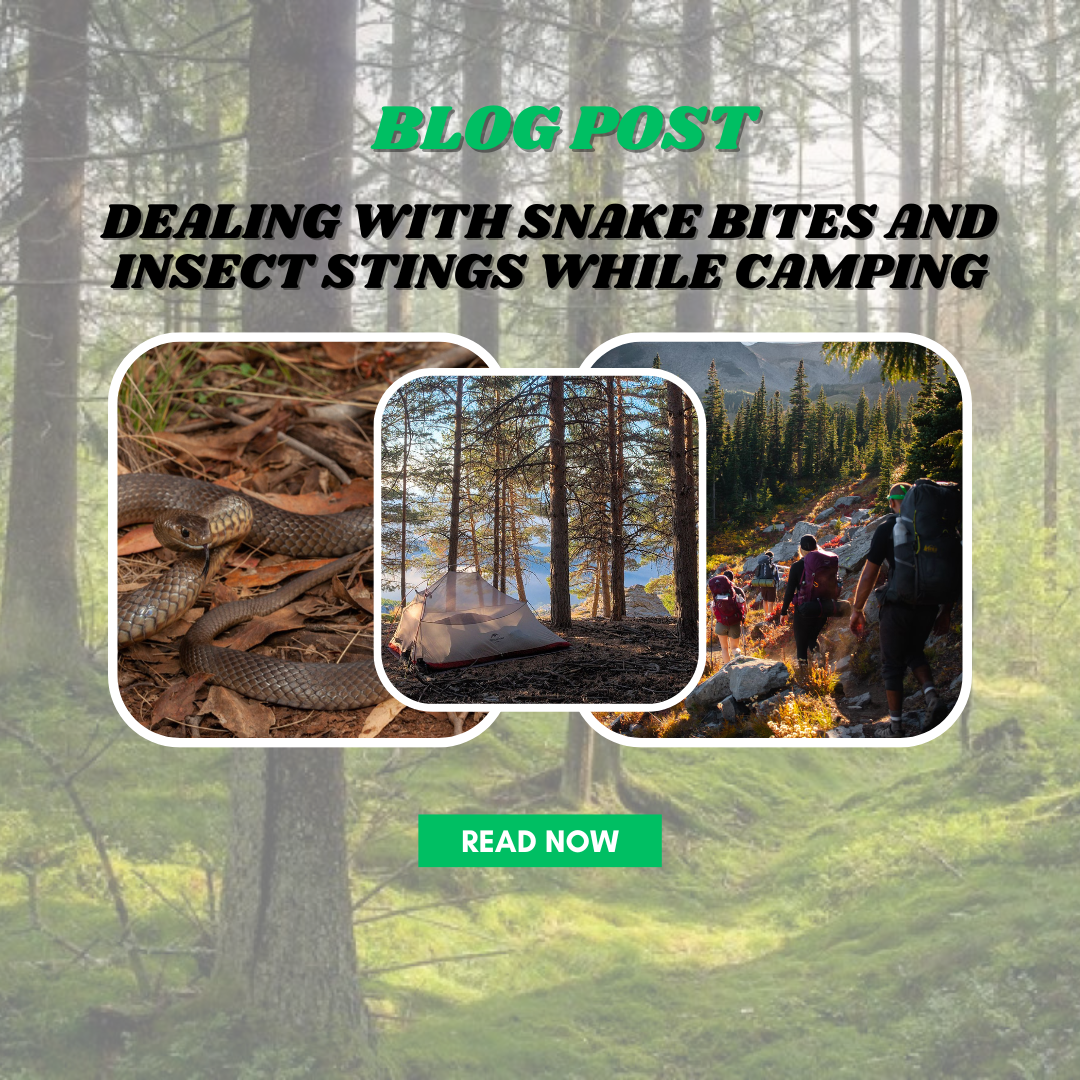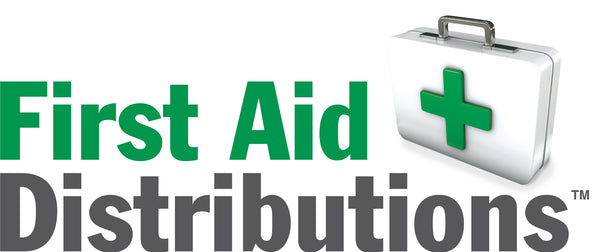FREE FREIGHT AUSTRALIA WIDE FOR ORDERS OVER $200

Conquering the Creepy Crawlies: Dealing with Snake Bites and Insect Stings while Camping

Nature: it's a playground for outdoor enthusiasts, offering peace, adventure, and unparalleled beauty. But as we all know, the great outdoors comes with its set of challenges, and one of the more daunting ones is the possibility of encountering some of its wilder inhabitants – snakes and insects. At First Aid Distributions, we believe that understanding these creatures and how to deal with any unfortunate encounters can be your best defense. Let's walk through how to handle snake bites and insect stings to ensure you can continue to enjoy your camping adventures safely.
When Nature Strikes: A Practical Guide
Snake Bites
Snake bites can be intimidating, but knowing what to do if you or a fellow camper is bitten can make a world of difference:
-
Stay Calm: A composed mind can better handle emergencies. Remember, not all snakes are venomous, and even venomous snakes don't always inject venom when they bite.
- Get to Safety: Ensure the victim and others are safely away from the snake. Don't attempt to kill or capture it; identifying the color or pattern can help medical personnel, but your safety is paramount.
- Pressure Immobilisation: Using a bandage from your First Aid Distributions kit, bind the bitten limb starting from the bite site, moving upwards, and then back down again. Immobilise the limb using a splint to slow the spread of venom.
- Call for Help: Dial your local emergency number to get medical help. While waiting, keep the patient still and reassured.


Insect Stings
Insects are a common part of the camping experience. Here's what to do if an unwelcome critter leaves more than just a buzz:
- Remove the Stinger: If a stinger is present, use the tweezers from your First Aid Distributions kit to gently remove it. Avoid squeezing the stinger, as this can release more venom.
- Clean the Area: Clean the sting site with antiseptic wipes to prevent infection.
- Reduce the Swelling: Apply a cold pack to the area to alleviate pain and swelling.
- Monitor the Reaction: Keep an eye on the victim for any signs of an allergic reaction, such as difficulty breathing, swallowing, or a rash. If these occur, seek medical help immediately.

Prevention: The Best Cure
While it's essential to know how to react to snake bites and insect stings, preventing them in the first place is the best approach:
- Dress Appropriately: Wear long pants and boots in snake-prone areas, and use insect repellent to keep bugs at bay.
- Be Aware of Your Surroundings: Watch where you're stepping, and be cautious when moving rocks or logs.
- Use your Tent: Keep tent zippers closed to prevent curious critters from wandering in.
Our goal is to equip you with the knowledge and resources you need to tackle any challenges that nature might throw your way. So as you pack your camping gear for your next adventure, don't forget to include a reliable first aid kit – your best ally in the wild. Happy camping, and remember: stay safe, stay prepared!
Find all your Adventurer Kits Here https://www.firstaiddistributions.com.au/pages/adventure-ready-first-aid-kits

